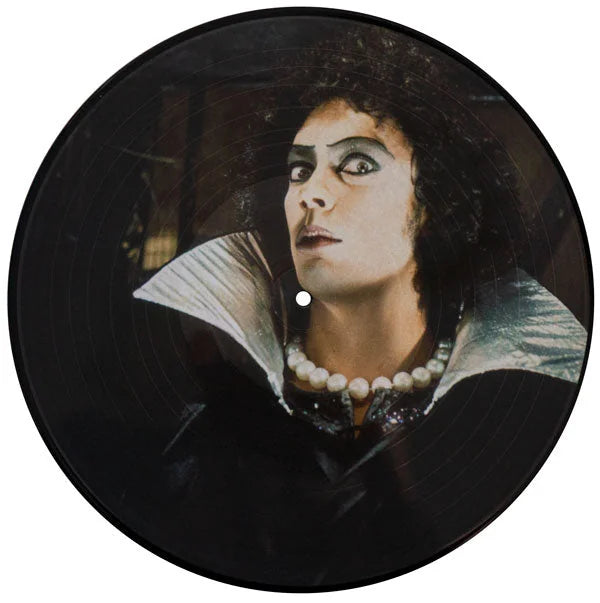What Is a Turntable?
A turntable, also known as a record player, is a device used to play vinyl records. It spins the record at a constant speed, while a needle (stylus) on an arm (tonearm) reads the grooves on the record, converting the movements into electrical signals, which are then amplified into sound.
What is an Automatic Turntable?
An automatic turntable is a type of record player designed for ease of use. It automates certain functions, such as the tonearm moving to the record's start & returning to its rest after playback. This feature minimizes the need for manual interaction, reducing the risk of scratching the vinyl.
Why Is the Needle Quality Important in Turntables?
The needle, or stylus, quality in turntables is crucial because it directly contacts the vinyl record, reading the grooves to produce sound. A high-quality needle ensures accurate sound reproduction, minimizes record wear, & enhances listening experience. Poor quality needles can damage records & degrade audio fidelity.
What Are the Signs of a Worn-Out Turntable Needle?
Signs of a worn-out turntable needle include distorted or muffled sound quality, difficulty tracking record grooves, increased record wear, & frequent skipping. Additionally, a worn needle may struggle to stay in the record's groove, leading to audio inconsistencies. It's important to replace it to prevent damage to records.
Can You Upgrade Components on a Basic Turntable?
Yes, you can upgrade components on a basic turntable to improve performance & sound quality. Common upgrades include replacing the cartridge, stylus, platter mat, & belts. Upgrading the tonearm or adding a phono preamp can also enhance audio output. These upgrades can significantly elevate the listening experience.
How Do Record Mats Affect Turntable Performance?
Record mats influence turntable performance by reducing static and vibration, ensuring even record contact, and improving stylus tracking. This enhances sound clarity and reduces wear on vinyl records, leading to an improved listening experience. Different mat materials, like felt, cork, or leather, offer varied sonic characteristics and aesthetic appeal.
What's the Difference Between Belt-Driven and Direct-Drive Turntables?
Belt-driven turntables use an elastic belt to connect the motor and platter, providing isolation from motor vibration, resulting in less noise. Direct-drive turntables have the motor directly connected to the platter, offering higher torque and speed accuracy but potentially more motor noise. Each type has distinct advantages and drawbacks.
What Should You Look for When Buying a Vintage Turntable?
When buying a vintage turntable, prioritize its condition, sound quality, and compatibility with modern speakers. Check the needle and cartridge quality, platter stability, and arm balance. Ensure it has necessary outputs for your system. Research the model's reputation and seek professional advice if unsure.
What Maintenance Does a Turntable Require?
Turntable maintenance includes regularly cleaning the needle and records, ensuring the tonearm is properly balanced, and replacing the stylus as needed. Keep the turntable dust-free and in a stable environment. Regularly inspect and adjust the belt or motor for direct-drive models to ensure optimal performance.
Why Are Turntable Mats Important for Vinyl Play?
Turntable mats are crucial for vinyl play as they provide a cushioned, stable surface, reducing record slippage and vibration. They help maintain consistent speed, improve sound quality, and protect the record's grooves from damage. Mats also assist in dampening external vibrations, enhancing overall audio fidelity.
How Can You Minimize Static on a Turntable?
To minimize static on a turntable, use an anti-static record brush before and after playing records. Consider a humidifier to maintain moderate humidity levels in the room. Ground the turntable properly, and use anti-static mats or sleeves. Regularly clean the turntable and records with appropriate anti-static solutions.
Why Is Speed Accuracy Important in Turntables?
Speed accuracy in turntables is vital for ensuring the correct pitch and rhythm of music playback. Inaccurate speeds can distort the music's tone and timing, affecting the listening experience. Consistent speed maintains the integrity of the audio, reflecting the original recording's quality and artistic intent accurately.
Can Bluetooth Turntables Deliver High-Quality Sound?
Bluetooth turntables can deliver high-quality sound, but it depends on the turntable's build, the Bluetooth codec used, and the receiving speaker's quality. Advanced codecs like aptX and AAC offer better sound transmission. However, wired connections typically provide a more authentic and higher-quality audio experience than Bluetooth.
What Is the Function of a Turntable's Counterweight?
The counterweight on a turntable balances the tonearm, setting the correct tracking force for the needle on the record. Proper adjustment prevents the needle from either skimming over the record's surface or pressing too hard, which protects the record from damage and ensures optimal sound quality.
How Does a Belt-Drive Turntable Differ from a Direct-Drive?
A belt-drive turntable uses an elastic belt to connect the motor to the platter, offering quieter operation and less vibration. In contrast, a direct-drive turntable has the motor directly beneath the platter, providing faster start-up speeds and greater torque, favored by DJs for scratching and mixing.
Why Do Some Turntables Have USB Ports?
Some turntables have USB ports to allow digital recording of vinyl records. This feature enables users to convert their vinyl collection into digital formats like MP3, preserving the music and making it portable and accessible on modern devices. It also facilitates easy archiving and sharing of vintage audio.
How Often Should You Replace a Turntable's Stylus?
A turntable's stylus should typically be replaced every 1,000 to 2,500 hours of playtime. This varies based on the stylus type, usage frequency, and care taken during use. Regularly inspecting the stylus for wear and sound quality changes can help determine the right time for replacement.
Why Do Turntables Have Adjustable Tonearms?
Adjustable tonearms on turntables allow for precise setting of tracking force and anti-skate, ensuring the needle tracks the record groove accurately. This adjustment optimizes sound quality, prevents record damage, and accommodates different cartridge weights. Properly set tonearms balance the needle's contact with the record, enhancing audio fidelity.
Why Do Some Turntables Offer Different Speed Settings?
Turntables offer different speed settings (usually 33 1/3, 45, and sometimes 78 RPM) to play various types of records. Each speed corresponds to a record format: LPs (33 1/3 RPM), singles (45 RPM), and older shellac records (78 RPM). These settings ensure accurate playback speed and sound quality for each format.
How Does Dust Affect a Turntable's Performance?
Dust on a turntable can significantly degrade performance. It causes static and noise, interferes with the stylus tracking the record grooves accurately, and potentially scratches records. Dust accumulation on the platter and motor can also impair the turntable's mechanical function, leading to uneven rotation and distorted audio.
How to Choose the Right Size of Turntable for Your Space?
Choosing the right turntable size for your space involves considering the available area, turntable dimensions, and additional components like speakers and amplifiers. Ensure enough room for proper ventilation and operation. Consider portability if space is limited. Balance aesthetics with functionality, aligning the turntable size with your room's layout and acoustics.
Can a Turntable Be Connected to a Computer?
Yes, a turntable can be connected to a computer. This is typically done using a USB port or an audio interface. USB-enabled turntables allow direct connection and digital recording of vinyl. For non-USB turntables, an audio interface or phono preamp converts the analog signal for computer compatibility.
How Can You Connect a Turntable to Modern Speakers?
To connect a turntable to modern speakers, use a phono preamp if your turntable doesn't have one built-in. Connect the turntable to the preamp, then to the speakers. For active speakers with built-in amplifiers, connect directly. For passive speakers, use an external amplifier between the preamp and speakers.
Can Turntables Be Damaged by External Vibrations?
Turntables can be damaged by external vibrations. These vibrations can disrupt the needle's tracking, causing it to skip or misread the record grooves. Prolonged exposure to vibrations can also harm the turntable's mechanical parts, affecting performance and longevity. Isolation platforms and vibration-damping feet can mitigate these effects.
What Precautions Should Be Taken When Moving a Turntable?
When moving a turntable, first secure the tonearm and headshell to prevent movement. Remove the platter and stylus carefully, if possible, and wrap them separately. Use bubble wrap or padding for extra protection. Transport the turntable in a sturdy, level position, avoiding tilts or bumps to prevent internal damage.
How Do You Calibrate a Turntable for Optimal Performance?
Calibrating a turntable for optimal performance involves setting the tracking force and anti-skate correctly for your cartridge. Balance the tonearm, then adjust the counterweight to the recommended tracking force. Align the cartridge properly using an alignment protractor. Regularly clean the stylus and records to maintain sound quality.
What Are the Key Features of Wireless Turntables?
Wireless turntables feature Bluetooth or Wi-Fi connectivity, allowing them to stream audio to wireless speakers, headphones, or amplifiers. They combine traditional vinyl playback with modern convenience. Key features include ease of setup, reduced cable clutter, & flexibility in speaker placement. Some may also include USB ports for digital recording.
How Does Bluetooth Connectivity Work in Wireless Turntables?
In wireless turntables with Bluetooth connectivity, the turntable converts the analog signal from the vinyl into a digital format. This digital audio is then transmitted wirelessly via Bluetooth to compatible speakers, headphones, or receivers. This setup allows for cable-free listening while maintaining the vinyl's distinct sound characteristics.
What Is the Sound Quality Like on Wireless Turntables?
The sound quality of wireless turntables can be very good, but it often depends on several factors. Bluetooth compression may slightly affect audio fidelity compared to wired connections. The quality of the turntable's components (cartridge, stylus, platter) and the receiving speaker or headphones also play significant roles in overall sound quality.
How Far Can Wireless Turntables Transmit Audio?
Wireless turntables typically transmit audio via Bluetooth up to a range of about 30 feet (9 meters), depending on environmental factors & obstacles like walls. This range allows for flexible speaker placement within a room. However, audio quality & connection stability can diminish with increased distance or physical barriers.
Do Wireless Turntables Require Special Maintenance?
Wireless turntables require similar maintenance to traditional turntables, with added attention to their electronic components. Regular dusting, careful handling of the stylus, & keeping the vinyl clean are essential. For the wireless aspect, ensure firmware updates are applied & handle Bluetooth or Wi-Fi components gently to avoid connectivity issues.
What's the Price Range for High-Quality Wireless Turntables?
High-quality wireless turntables are generally priced between $200 and $1000, with the cost varying based on factors such as build quality, type of cartridge, Bluetooth version, and additional features like USB ports for digitizing records. Premium models, offering enhanced sound quality and greater durability, tend to be at the higher end of this price range.
How Does Vinyl Record Weight Affect Wireless Turntable Performance?
Vinyl record weight affects wireless turntable performance in terms of stability & vibration damping. Heavier records, typically 180 grams, are favored for their durability & reduced susceptibility to warping. They offer a more stable rotation, improving tracking & sound quality. However, the turntable's overall design & cartridge quality are also crucial factors.

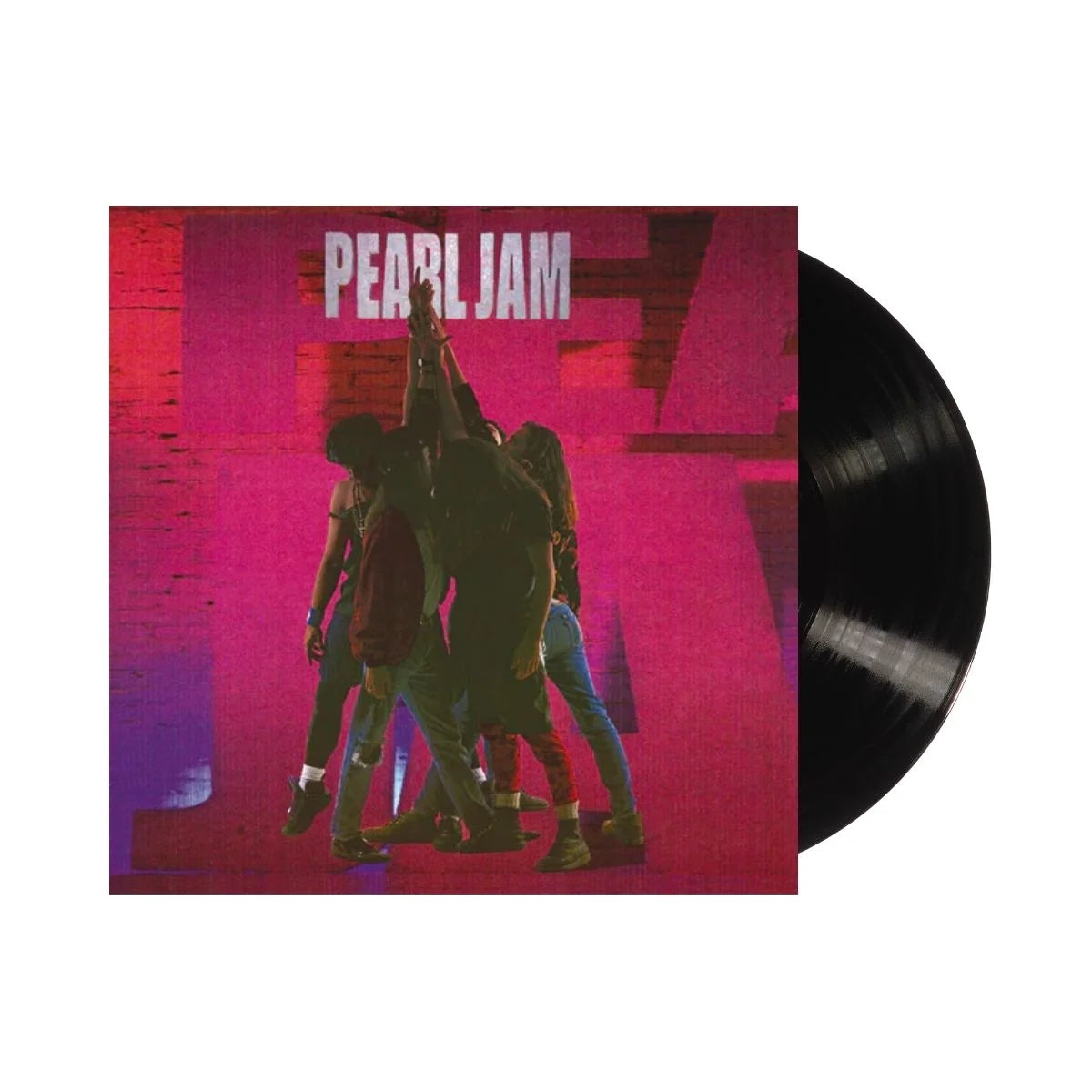

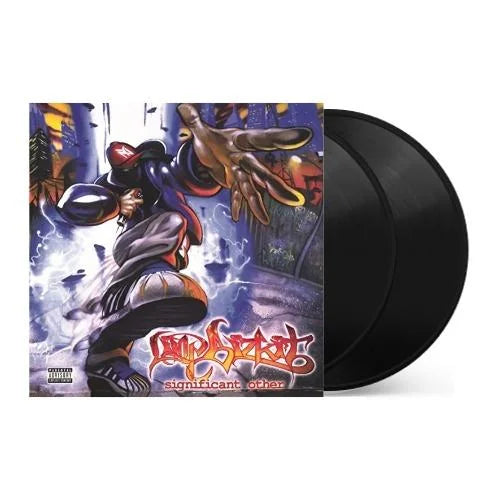
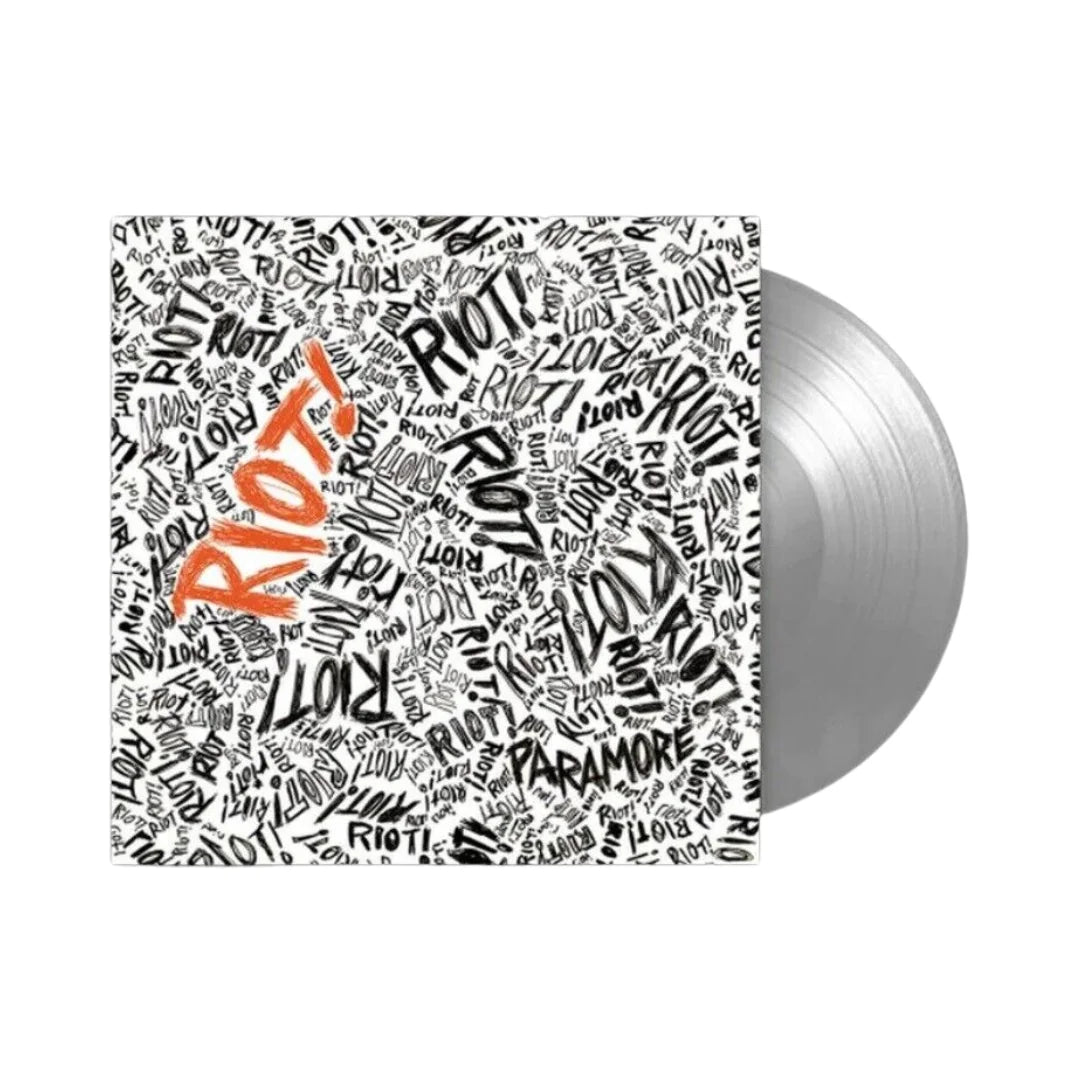
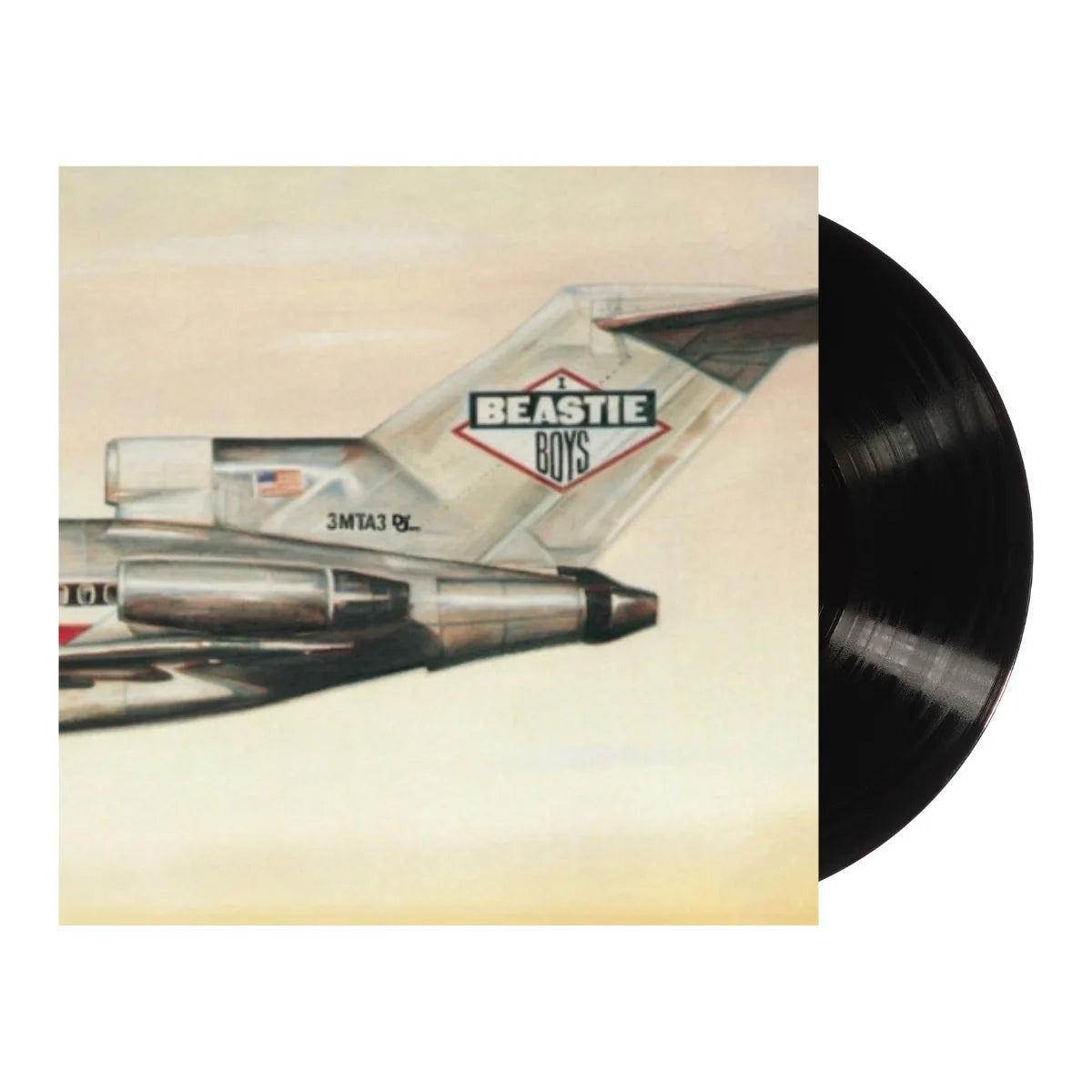
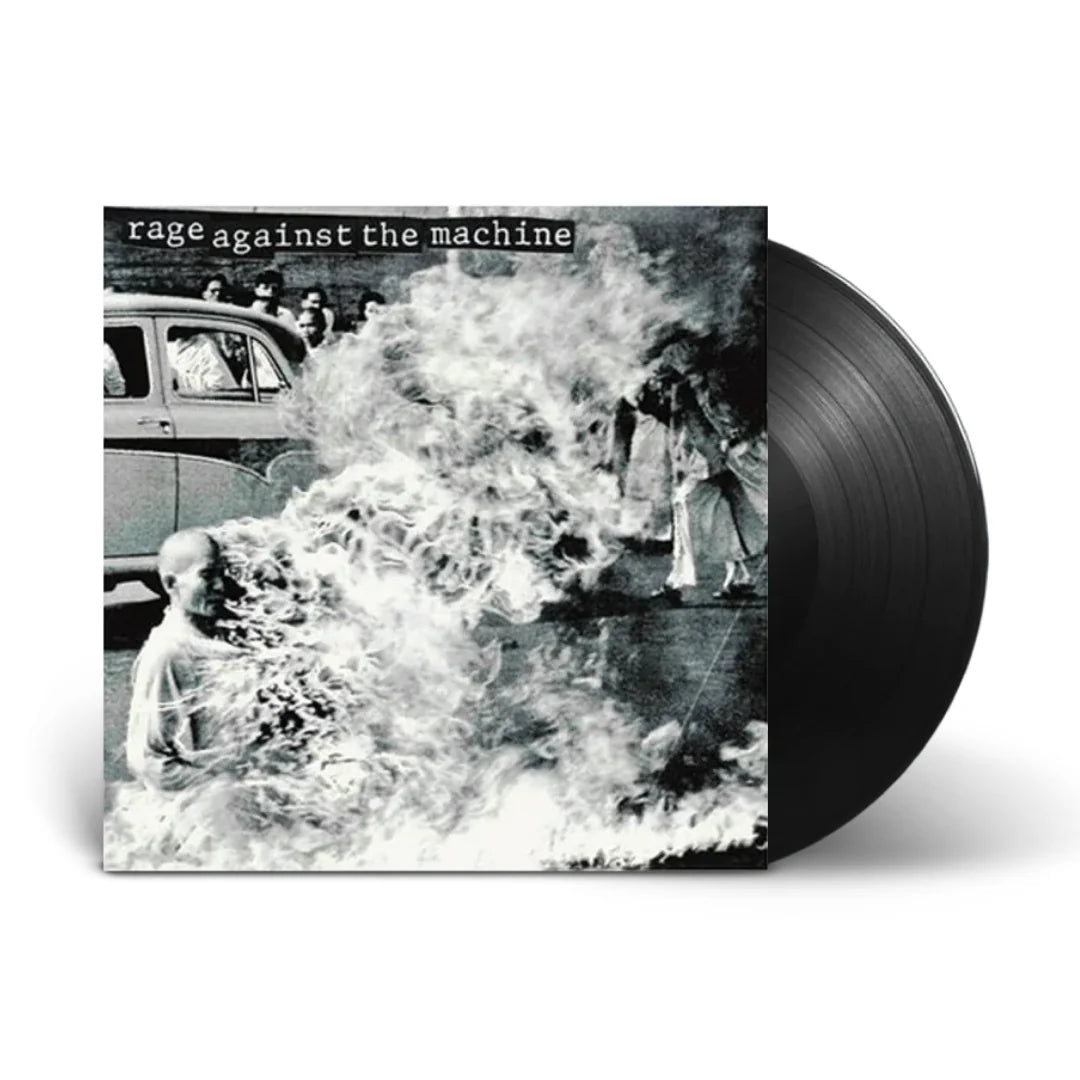


![(hed) p.e. - New And Improved [Pink]](http://vinyl.com/cdn/shop/files/4425252-3389420.jpg?v=1746578880&width=5760)
![1 Locate S - Wicked Jaw [Sky Blue]](http://vinyl.com/cdn/shop/files/4217742-2982879.jpg?v=1693273095&width=5760)






![The Grateful Dead - The Music Never Stopped [6LP Box Set]](http://vinyl.com/cdn/shop/files/The_Grateful_Dead-The_Music_Never_Stopped__6LP_Box_Set.jpg?v=1747729623&width=5760)

![Fleetwood Mac - Fleetwood Mac 1975 To 1987 [Clear 6LP Box Set]](http://vinyl.com/cdn/shop/files/2RHILP81833__61378.jpg?v=1743391443&width=5760)


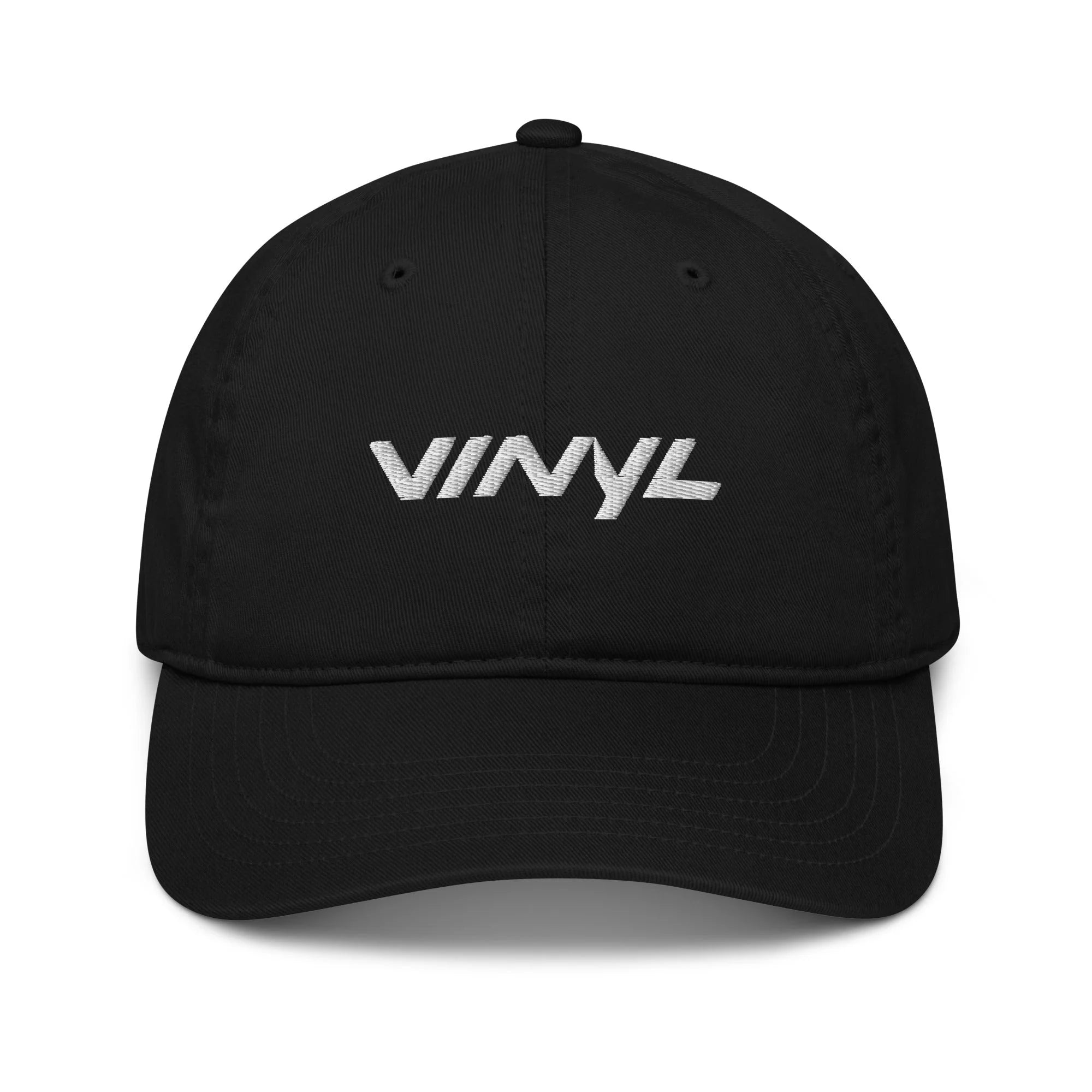

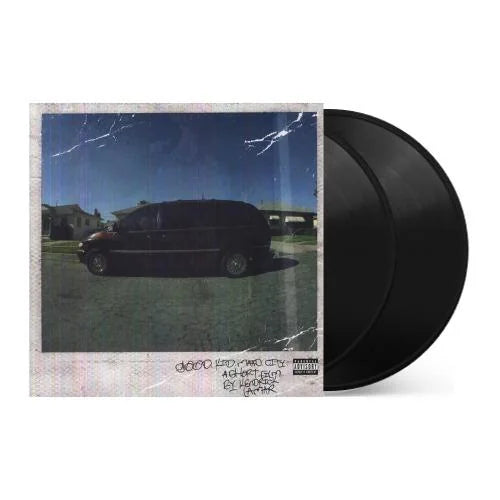
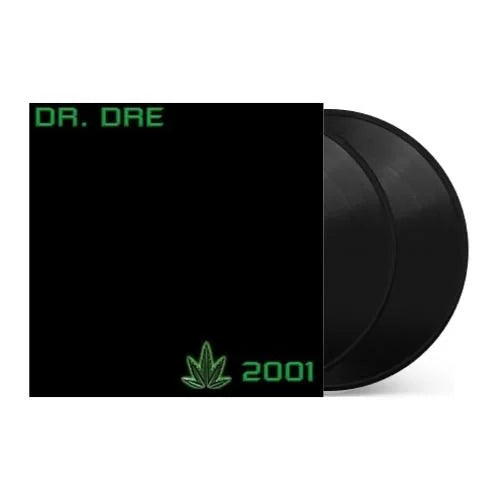
![Taylor Swift - 1989 (Taylor's Version) [2LP Crystal Skies Blue]](http://vinyl.com/cdn/shop/files/taylor_swift_1989_taylors_version.jpg?v=1734389117&width=5760)
![Taylor Swift - folklore [Beige 2LP]](http://vinyl.com/cdn/shop/files/477929-Product-0-I-637317959467683009_grande_a6f82db0-1cb7-45c5-8892-ed79af261e80.webp?v=1736750683&width=5760)
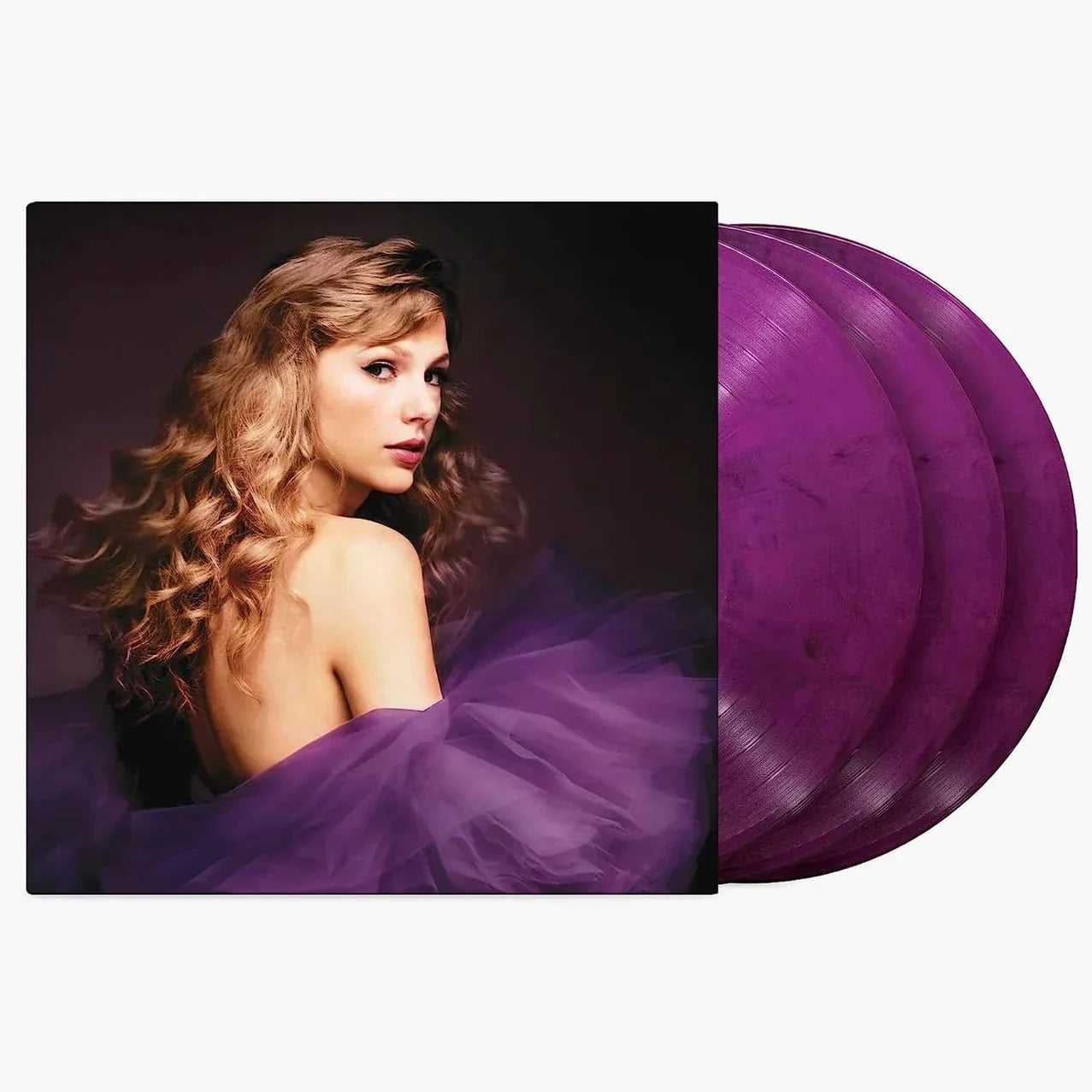
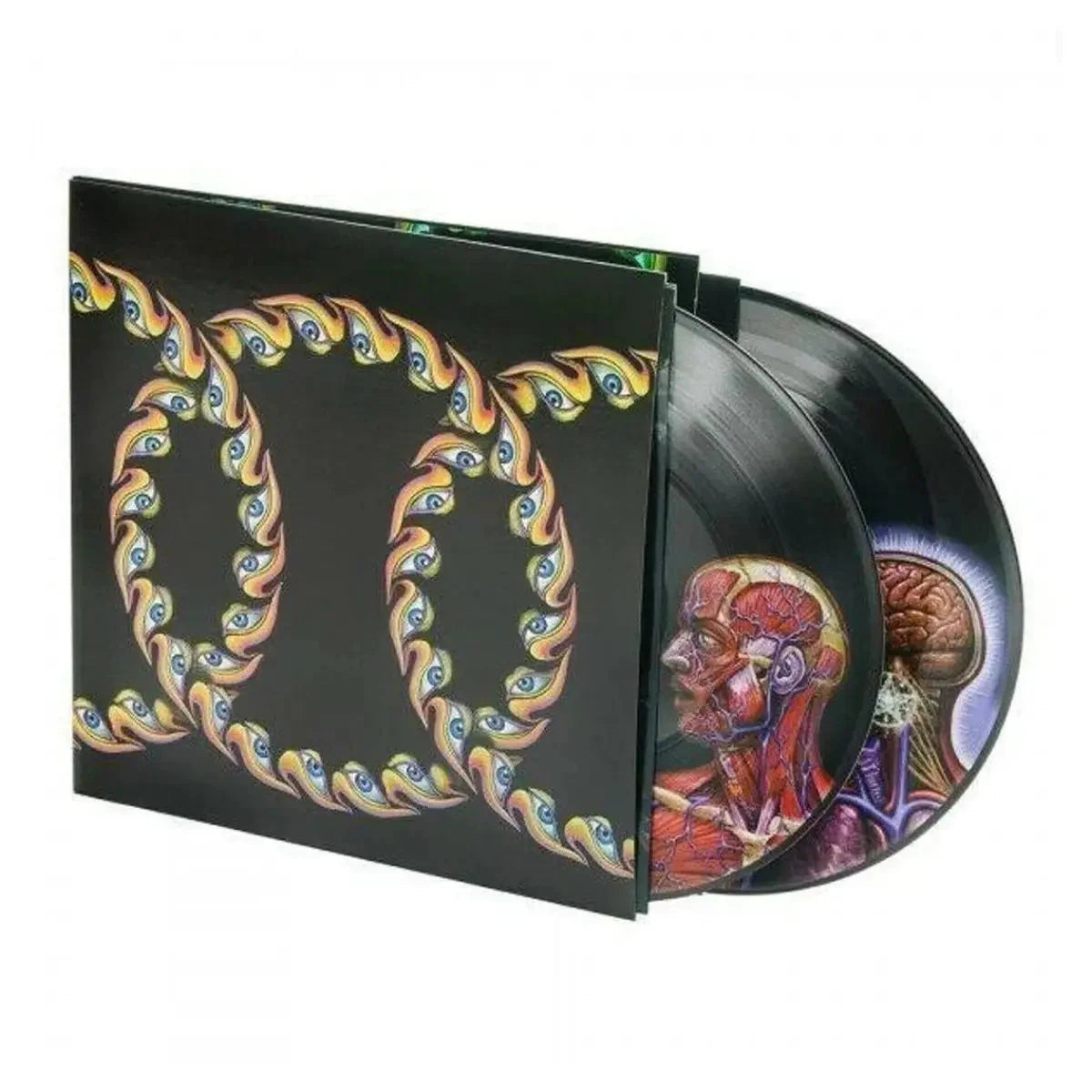
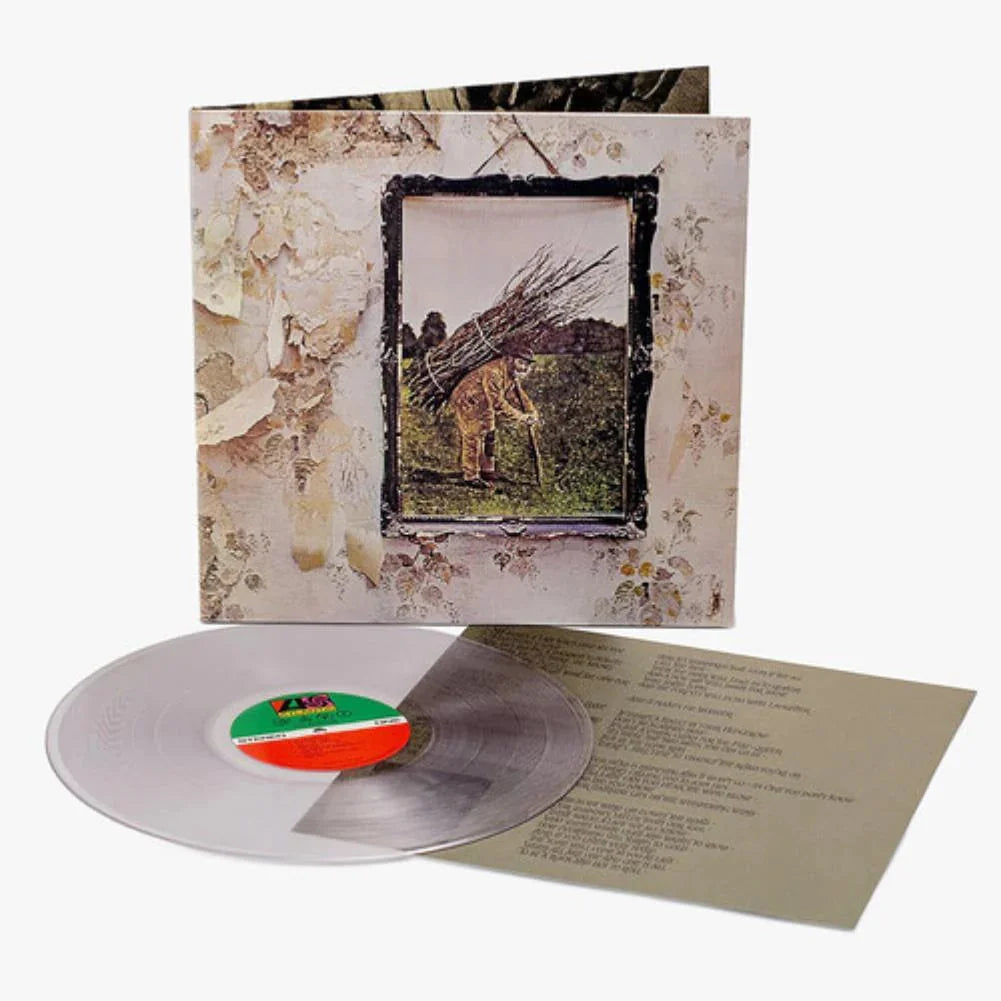
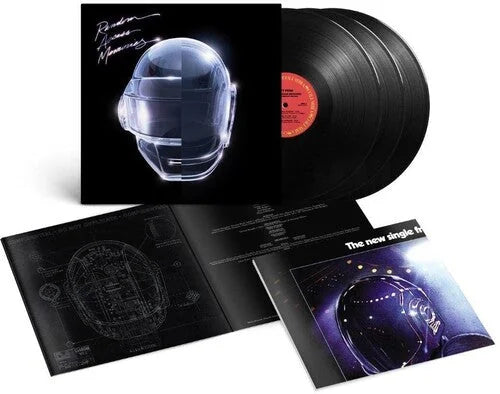
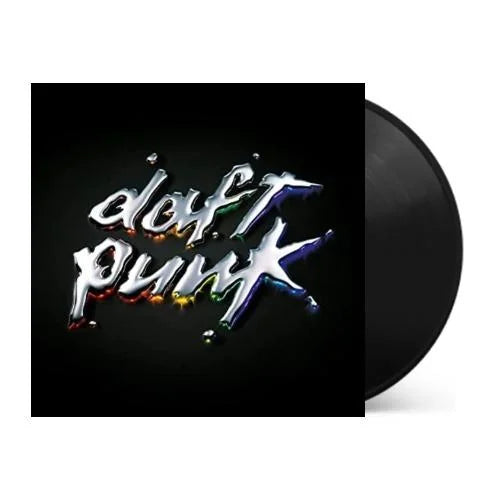
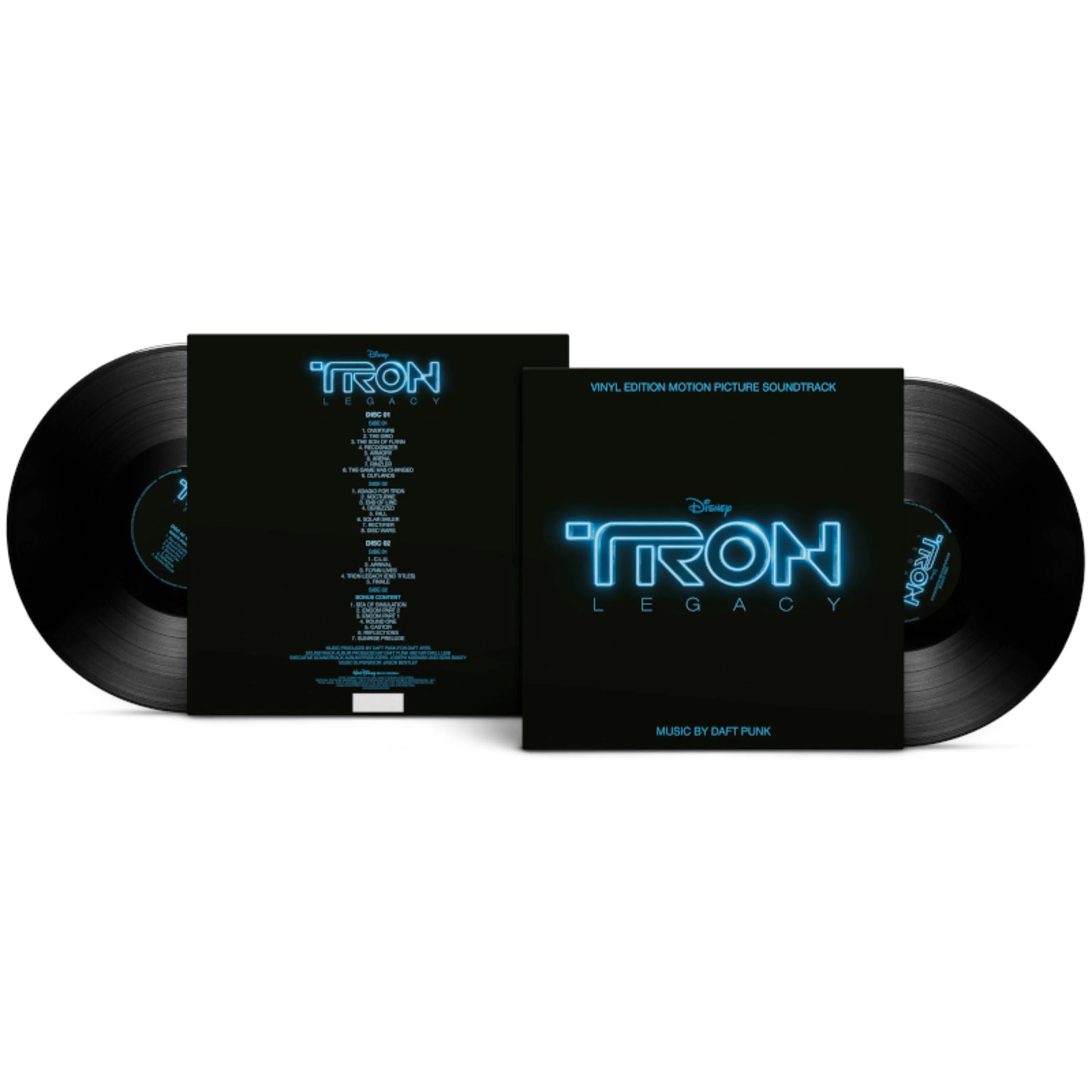

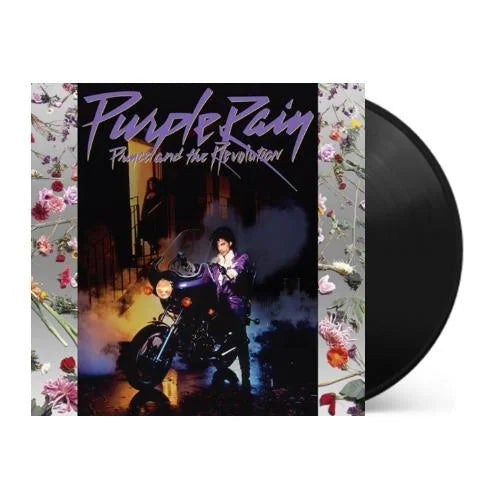


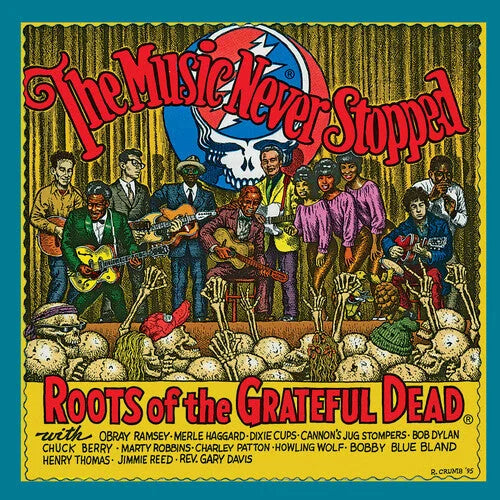
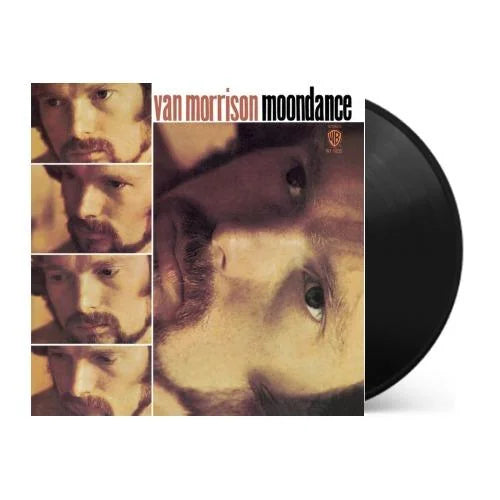
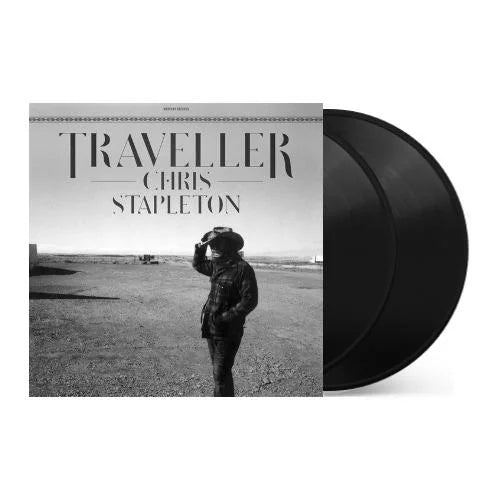

![Debbie Harry - KooKoo [2LP Clear]](http://vinyl.com/cdn/shop/files/4025259-2960387.jpg?v=1682465873&width=5760)

![Miles Davis - Kind of Blue [180-gram]](http://vinyl.com/cdn/shop/files/Y4LPMD03.webp?v=1742198237&width=5760)
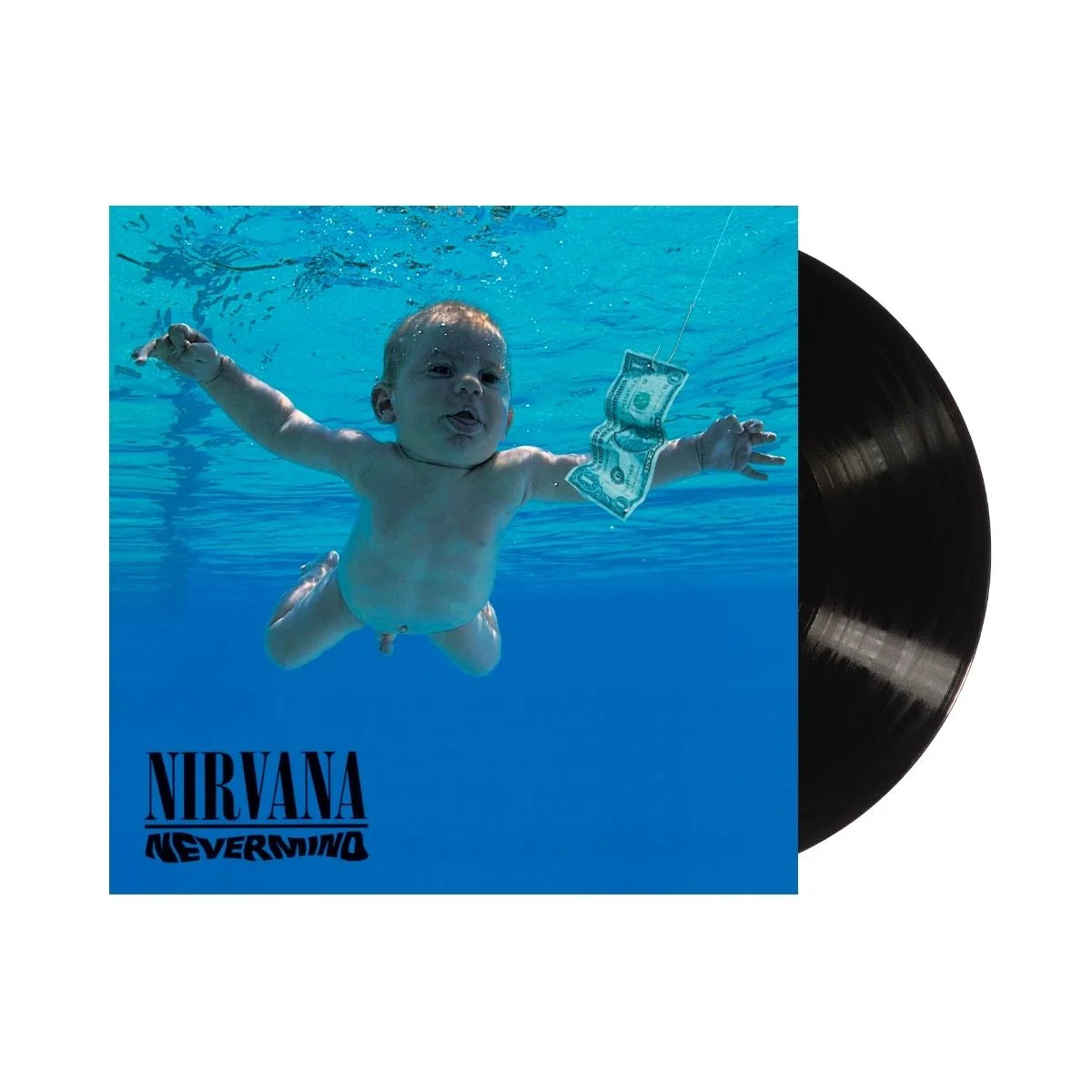
![Various Artists - Once Upon A Time: The Tarantino Sound [Red 180-Gram]](http://vinyl.com/cdn/shop/files/4376720-3283530.jpg?v=1733870948&width=5760)
